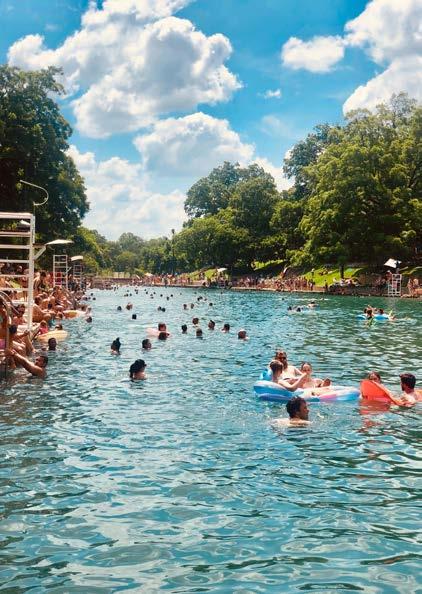
1 minute read
TO PRACTICE PHYSICAL ACTIVITY IN PUBLIC SPACE
As human settlements become increasingly more urban, our blueprint and inner physiological need for movement remains untouched. As lifestyles and jobs become more sedentary and digitally based, especially since #workfromhome due to the pandemic, and also considering the increasingly more drastic social inequities facing our world, the ability to recreationally practise physical activity in our urban environments becomes more symbolic of our human “right to the city” and need for organisational systems that protect and motivate people’s access to high quality movement.
Recommendations
Advertisement
Multiple and countless bencontribute to mental, functional and social wellbeing.
Did you know that physical activity and physical play in our built environment, across ages, cultures, and genders, has been shown to:
• Widen mindset,
• Help problem solving abilities
• Boost creativity
• Support cognitive attention
• Relieve feelings of anxiety and depression
• Bring heart rate and physical stress back to baseline
• Manage heart and organ health, such as visceral fat or cholesterol levels
Use community based social marketing methods to nudge your stakeholders. For example, tap into social norms, "We applaud this community and their work to take part in 20 minutes of physical activity per day", and risk aversion messages, "by getting rid of X negative behaviour, you are saving yourself from Y negative consequence," are highly effective to alter human behaviours.









